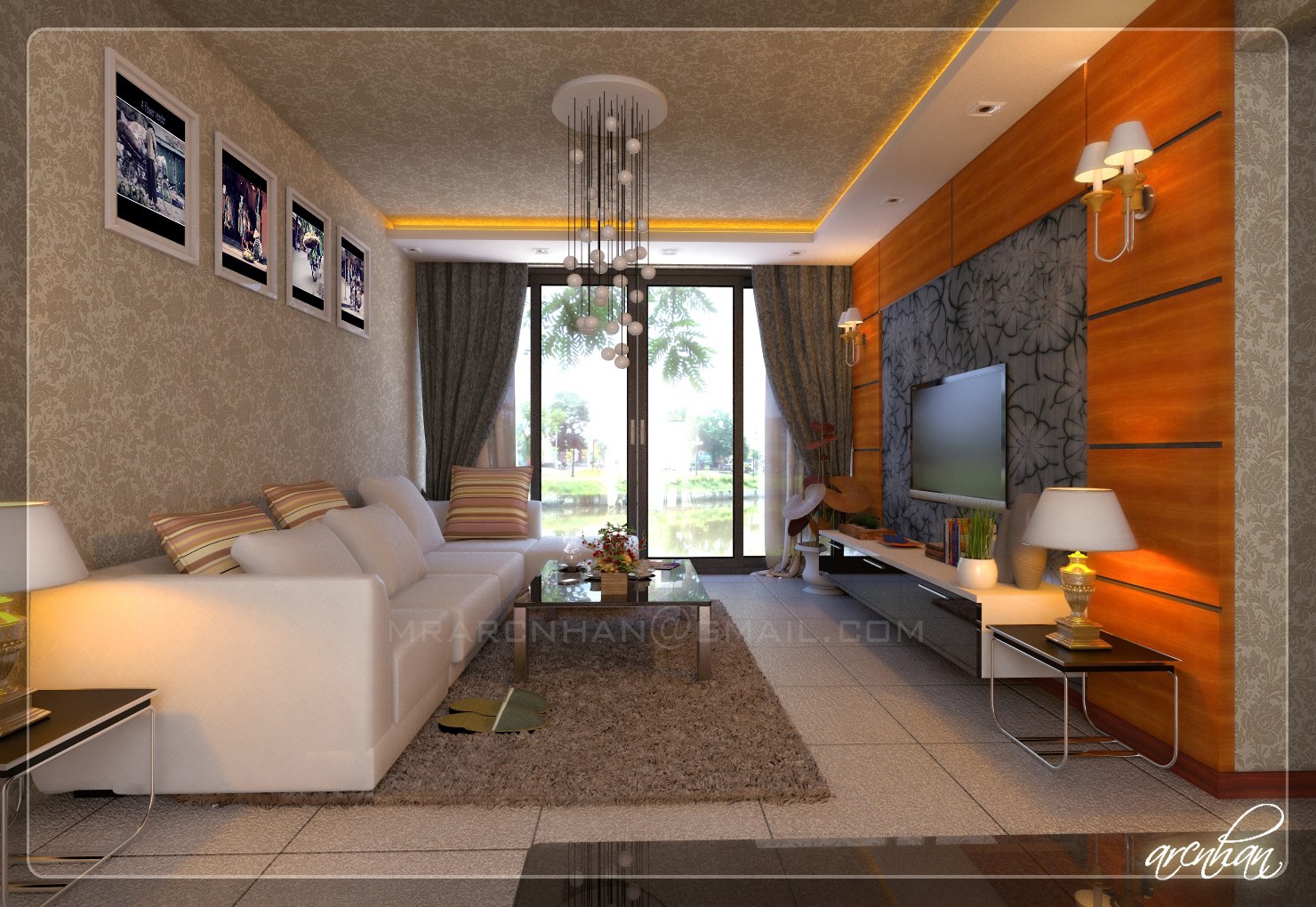2700k vs 3000k for living room lighting
When it comes to creating the perfect ambiance in your living room, lighting is key. It can make or break the overall look and feel of your space. One of the most important factors to consider when choosing lighting for your living room is the color temperature. The two most common options are 2700k and 3000k LED bulbs. Both offer their own unique benefits, but which one is right for your living room? Let's take a closer look at the differences between 2700k and 3000k and help you decide which one is the best fit for your space.
Choosing the right color temperature for your living room
Before we dive into the specifics of 2700k and 3000k, it's important to understand what color temperature actually means. Color temperature is measured in Kelvin (K) and refers to the color of the light produced by a bulb. The lower the Kelvin number, the warmer and more yellow the light will be. On the other hand, a higher Kelvin number produces a cooler and bluer light.
2700k or 3000k LED bulbs for living room
Now that we know the basics of color temperature, let's compare 2700k and 3000k LED bulbs. 2700k bulbs produce a warm, yellow light that is similar to traditional incandescent bulbs. This color temperature is often described as "soft white" and is perfect for creating a cozy and inviting atmosphere in your living room. 3000k bulbs, on the other hand, produce a slightly cooler and whiter light. This color temperature is often referred to as "warm white" and is a popular choice for living rooms as it provides a balance between warm and cool lighting.
Best color temperature for living room lighting
When it comes to choosing the best color temperature for your living room, it ultimately depends on your personal preference and the overall aesthetic you are trying to achieve. If you want a more traditional and cozy feel, 2700k bulbs would be the way to go. However, if you prefer a more modern and crisp look, 3000k bulbs might be a better fit. It's also important to consider the other lighting sources in your living room, such as natural light and other fixtures, and choose a color temperature that complements them.
2700k vs 3000k for living room ambiance
In addition to the look and feel of the light, color temperature also plays a role in creating the ambiance of your living room. Warm, yellow light tends to create a more relaxed and cozy atmosphere, while cooler, whiter light can feel more energizing and bright. Consider the activities that take place in your living room and choose a color temperature that aligns with the mood you want to create.
How to decide between 2700k and 3000k for living room lighting
If you're still unsure about which color temperature to choose for your living room, there are a few factors to consider. First, think about the overall style and design of your living room. If you have a more traditional or rustic style, 2700k bulbs will likely complement it better. For a more modern or sleek design, 3000k bulbs may be a better fit. You should also consider the colors in your living room, as different color temperatures can affect how they appear. For example, warm light can make warm colors like reds and oranges appear more vibrant, while cooler light can make cool colors like blues and greens pop.
2700k or 3000k for living room fixtures
When choosing between 2700k and 3000k bulbs for your living room, it's also important to consider the fixtures you will be using. Some fixtures, such as chandeliers or overhead lighting, may look better with a specific color temperature. You should also consider the size and layout of your living room, as certain color temperatures may work better in larger or smaller spaces.
Comparing 2700k and 3000k for living room lighting
To summarize, 2700k and 3000k both have their own unique advantages and it ultimately comes down to personal preference. 2700k bulbs offer a warm and cozy feel, while 3000k bulbs provide a more modern and crisp look. Consider the style and design of your living room, the other lighting sources, and the overall ambiance you want to create when making your decision.
2700k vs 3000k for living room decor
One often overlooked aspect of color temperature is its effect on the decor in your living room. As mentioned before, different color temperatures can affect how colors appear. This can have a big impact on the overall look and feel of your space. If you have a specific color scheme or pieces of decor that you want to stand out, consider choosing a color temperature that will enhance their appearance.
Choosing the right color temperature for your living room: 2700k or 3000k?
In conclusion, when it comes to choosing between 2700k and 3000k for your living room lighting, there is no right or wrong answer. It all depends on your personal preference, the style of your living room, and the mood you want to create. Consider all of these factors and choose the color temperature that best suits your space and makes you feel at home. With the right lighting, your living room will be the perfect place to relax and unwind or entertain guests.
Which Color Temperature is Best for Your Living Room: 2700k or 3000k?
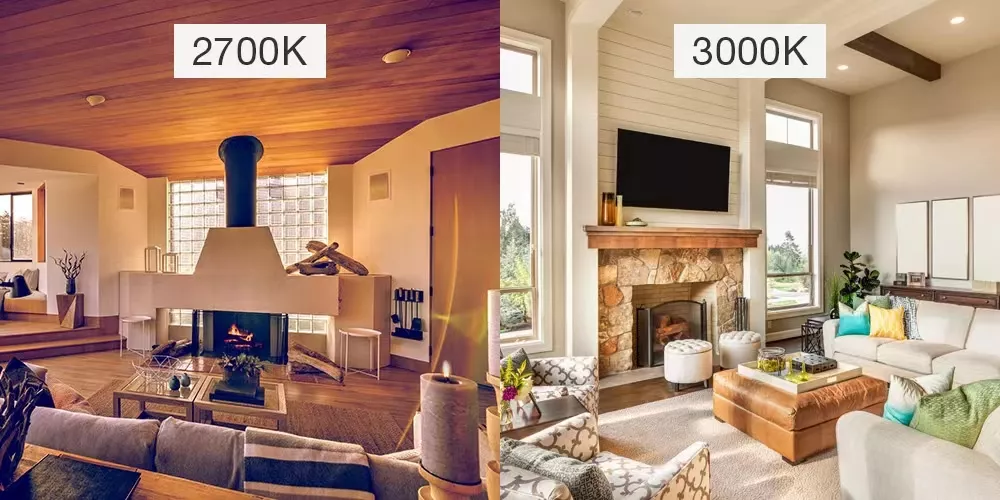
Understanding Color Temperature
 When it comes to designing your living room, one of the most important factors to consider is lighting. Lighting not only affects the overall ambiance of the room, but it also plays a vital role in setting the mood and functionality of the space. And one key element of lighting is color temperature.
Color temperature is a term used to describe the appearance of light, ranging from warm to cool tones. It is measured in Kelvin (K) and is commonly found in the range of 2000K to 6500K. The lower the number, the warmer the light, while the higher the number, the cooler the light.
When it comes to designing your living room, one of the most important factors to consider is lighting. Lighting not only affects the overall ambiance of the room, but it also plays a vital role in setting the mood and functionality of the space. And one key element of lighting is color temperature.
Color temperature is a term used to describe the appearance of light, ranging from warm to cool tones. It is measured in Kelvin (K) and is commonly found in the range of 2000K to 6500K. The lower the number, the warmer the light, while the higher the number, the cooler the light.
2700k: Warm and Cozy
 2700k
is considered to be the standard color temperature for residential lighting, making it a popular choice for living rooms. This color temperature emits a warm and cozy glow, similar to the warm light from a fireplace. It creates a welcoming and inviting atmosphere, perfect for relaxing and unwinding after a long day.
The
2700k
color temperature is also ideal for creating a comfortable and intimate setting for gatherings and conversations. It adds a touch of warmth to the room and makes it feel more inviting and cozy.
2700k
is considered to be the standard color temperature for residential lighting, making it a popular choice for living rooms. This color temperature emits a warm and cozy glow, similar to the warm light from a fireplace. It creates a welcoming and inviting atmosphere, perfect for relaxing and unwinding after a long day.
The
2700k
color temperature is also ideal for creating a comfortable and intimate setting for gatherings and conversations. It adds a touch of warmth to the room and makes it feel more inviting and cozy.
3000k: Bright and Energizing
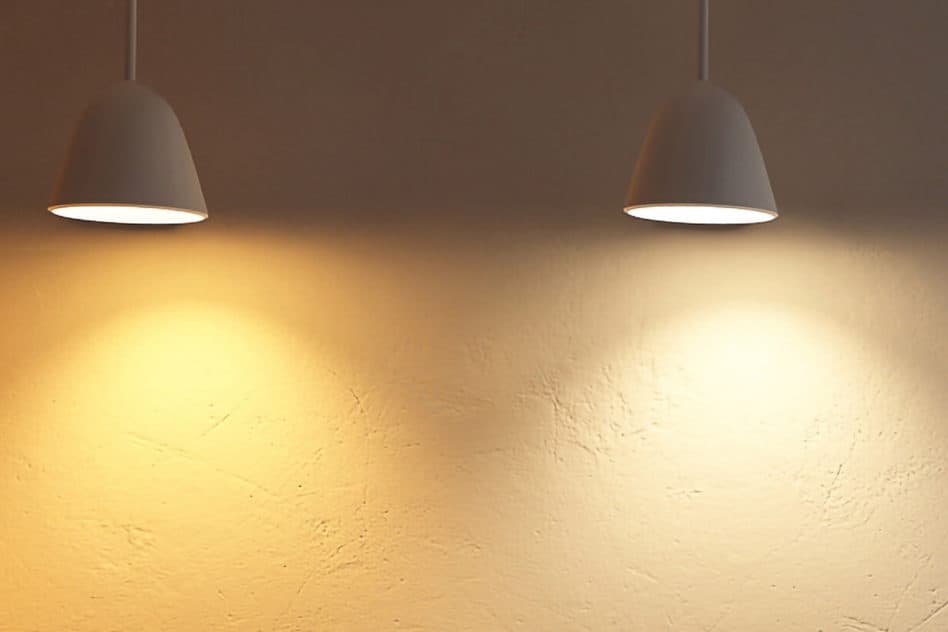 On the other hand,
3000k
is a slightly cooler color temperature, but still within the warm range. It emits a brighter and more energizing light compared to
2700k
. This makes it a great choice for living rooms that double as a workspace or for homes with an open floor plan where the living room blends into the kitchen or dining area.
The
3000k
color temperature is also great for accentuating colors and textures in your living room. It brings out the warmth in wooden furniture and adds a touch of vibrancy to any artwork or decor.
On the other hand,
3000k
is a slightly cooler color temperature, but still within the warm range. It emits a brighter and more energizing light compared to
2700k
. This makes it a great choice for living rooms that double as a workspace or for homes with an open floor plan where the living room blends into the kitchen or dining area.
The
3000k
color temperature is also great for accentuating colors and textures in your living room. It brings out the warmth in wooden furniture and adds a touch of vibrancy to any artwork or decor.
Which Color Temperature is Best for Your Living Room?
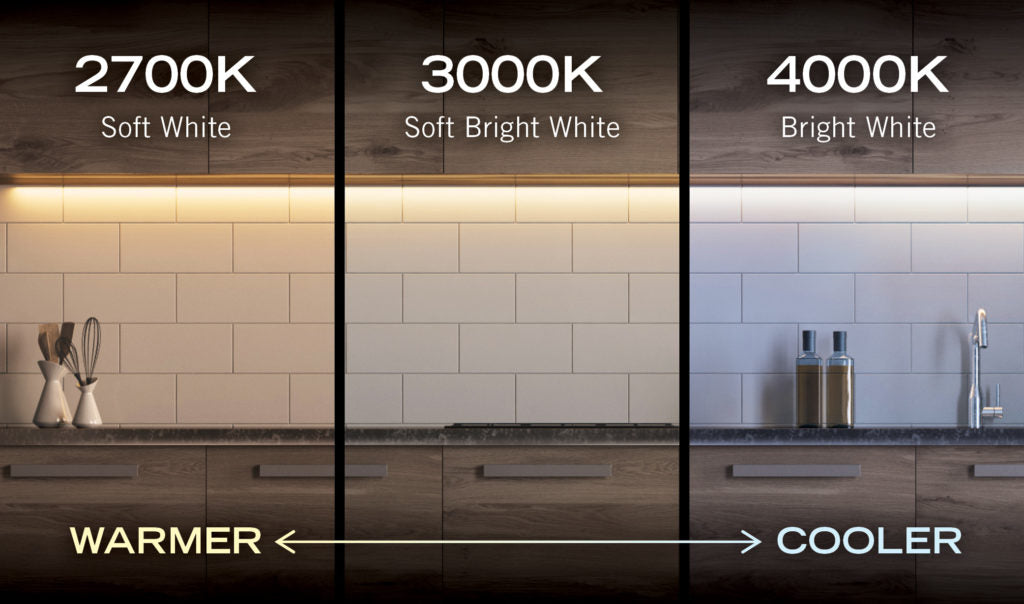 So, which color temperature is best for your living room? The answer is, it depends on your personal preference and the function of your living room. If you want a warm and cozy space for relaxation,
2700k
is the way to go. But if you need a brighter and more energizing space for work or entertaining,
3000k
may be a better choice.
So, which color temperature is best for your living room? The answer is, it depends on your personal preference and the function of your living room. If you want a warm and cozy space for relaxation,
2700k
is the way to go. But if you need a brighter and more energizing space for work or entertaining,
3000k
may be a better choice.
Final Thoughts
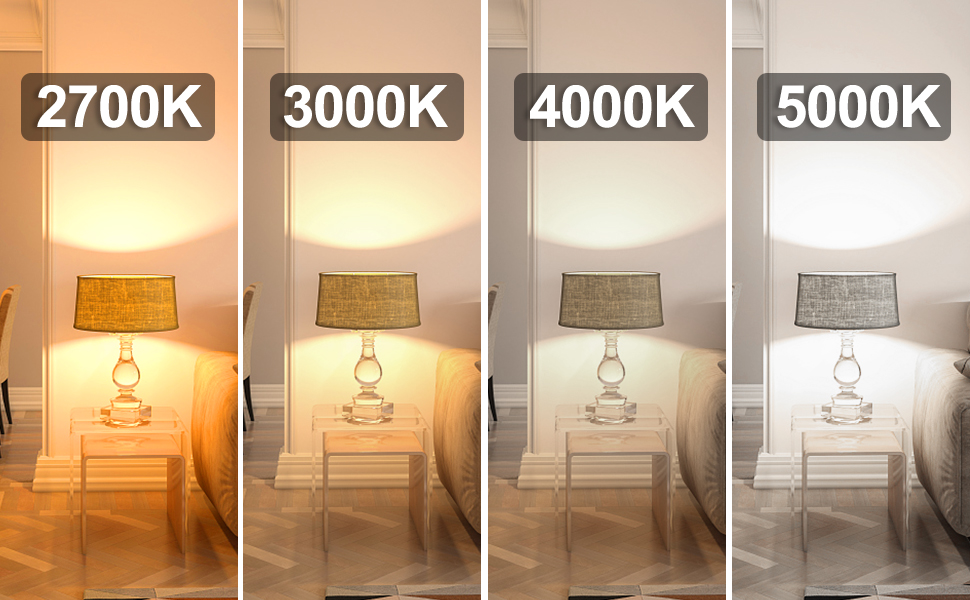 Ultimately, the decision between
2700k
and
3000k
boils down to personal preference and the intended use of your living room. You can also consider using a combination of both color temperatures to create a versatile and dynamic lighting scheme in your living room. Experiment with different lighting options and see what works best for you. After all, a well-lit living room is key to creating a comfortable and inviting space in your home.
Ultimately, the decision between
2700k
and
3000k
boils down to personal preference and the intended use of your living room. You can also consider using a combination of both color temperatures to create a versatile and dynamic lighting scheme in your living room. Experiment with different lighting options and see what works best for you. After all, a well-lit living room is key to creating a comfortable and inviting space in your home.



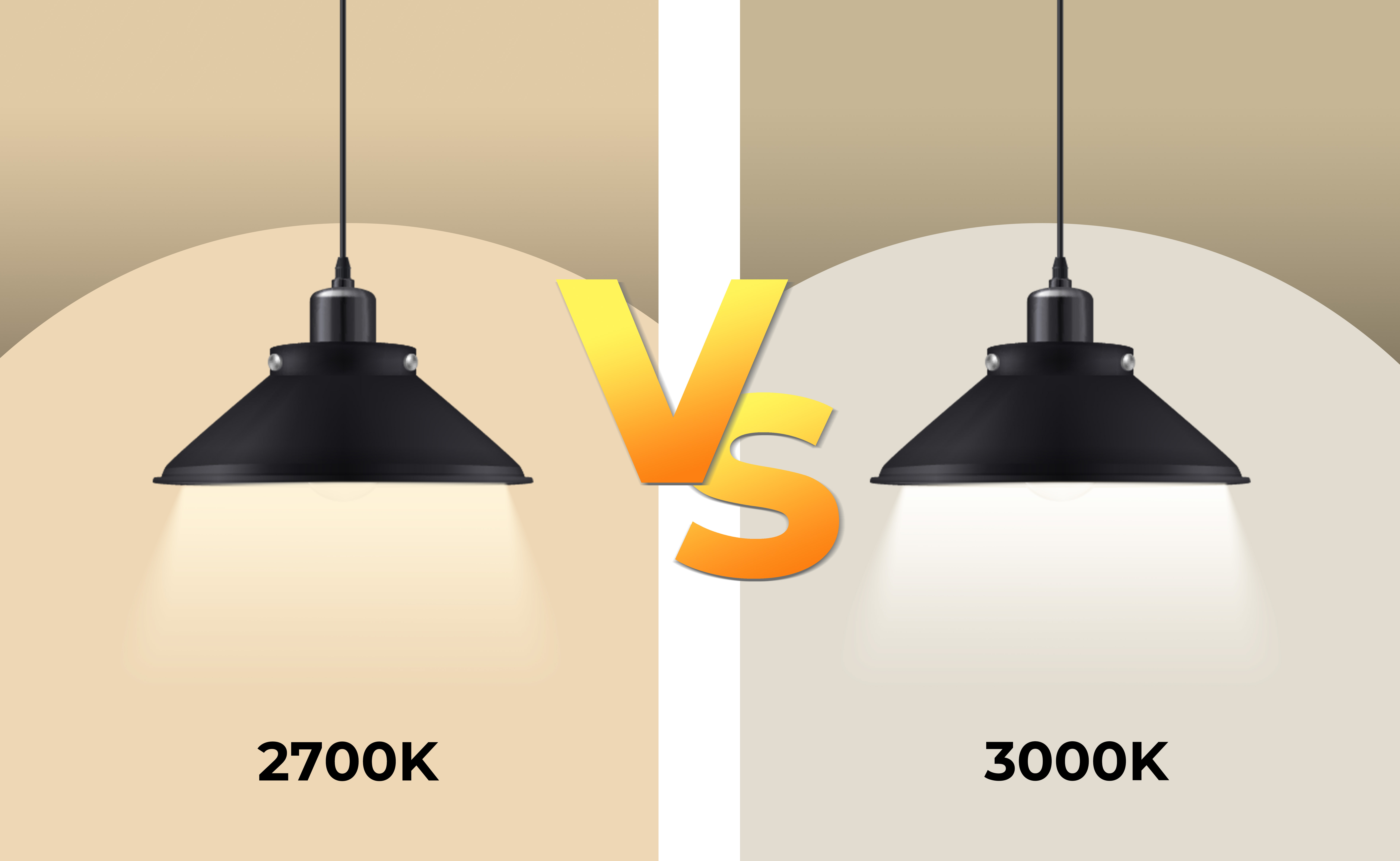




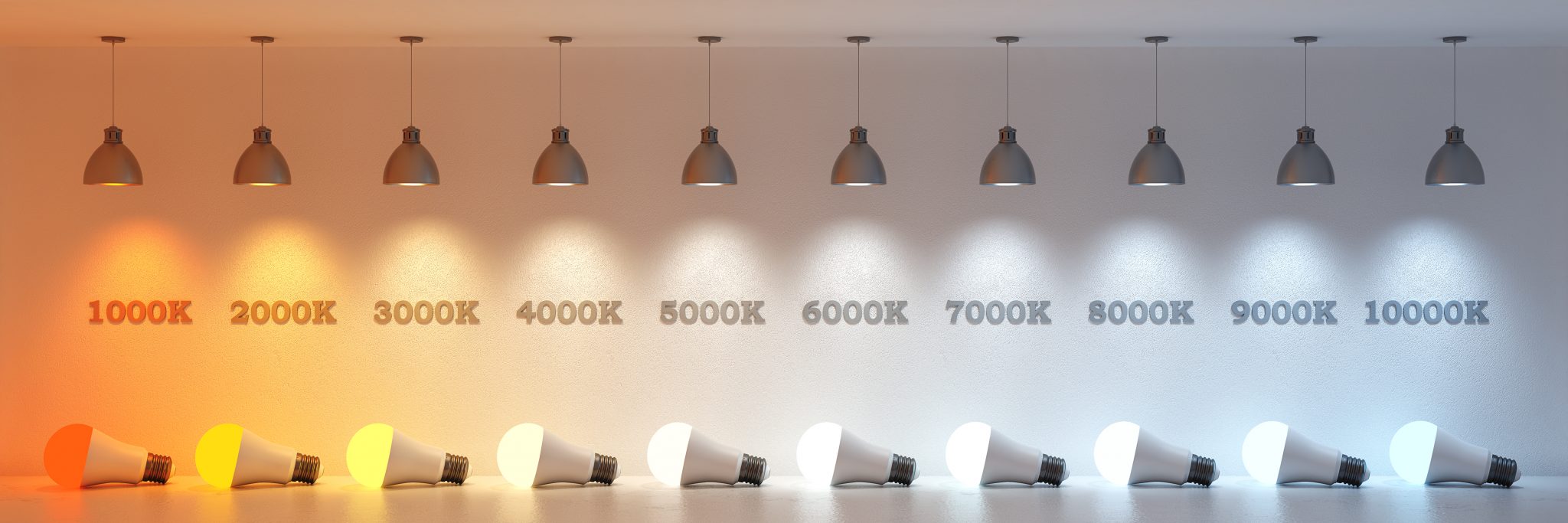

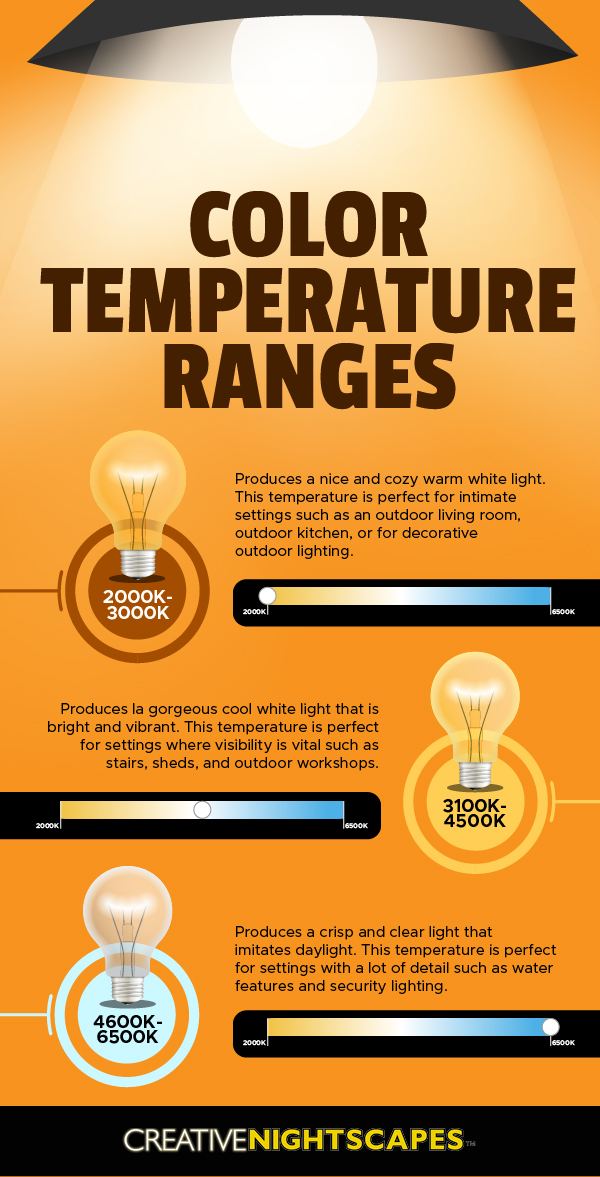



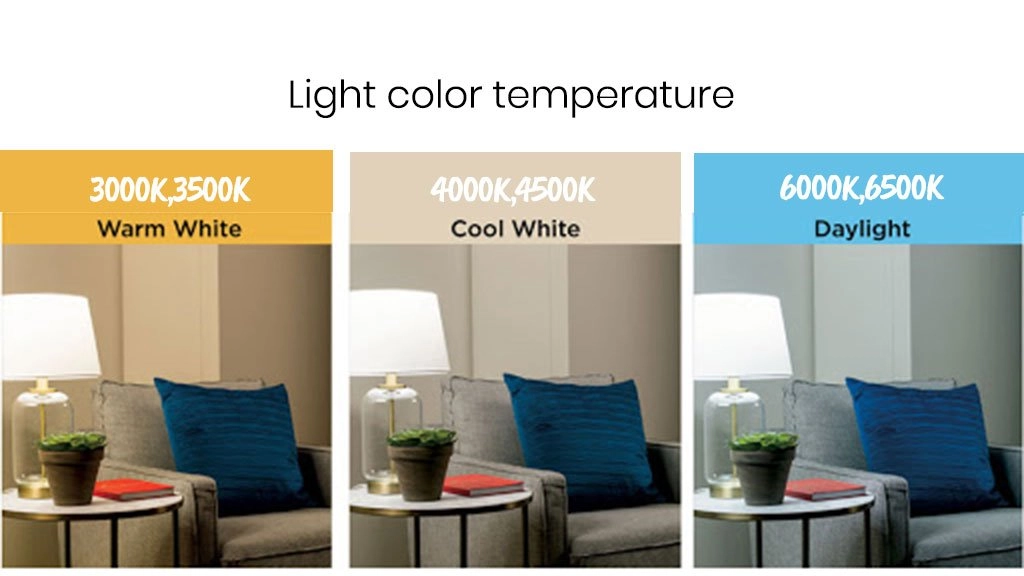



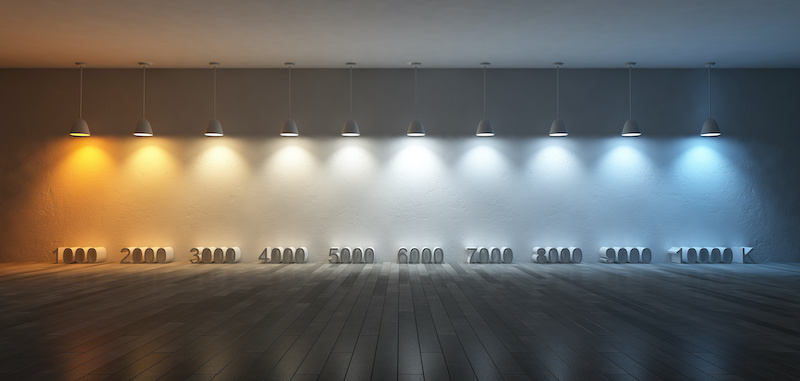



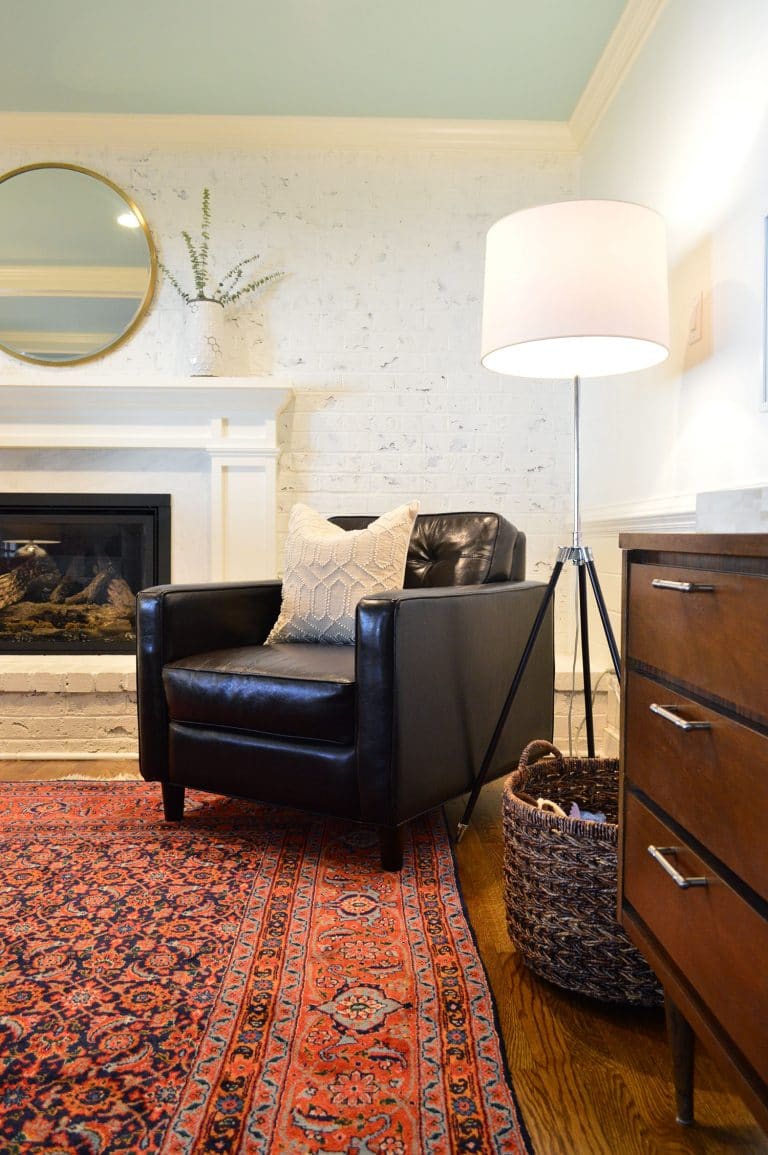


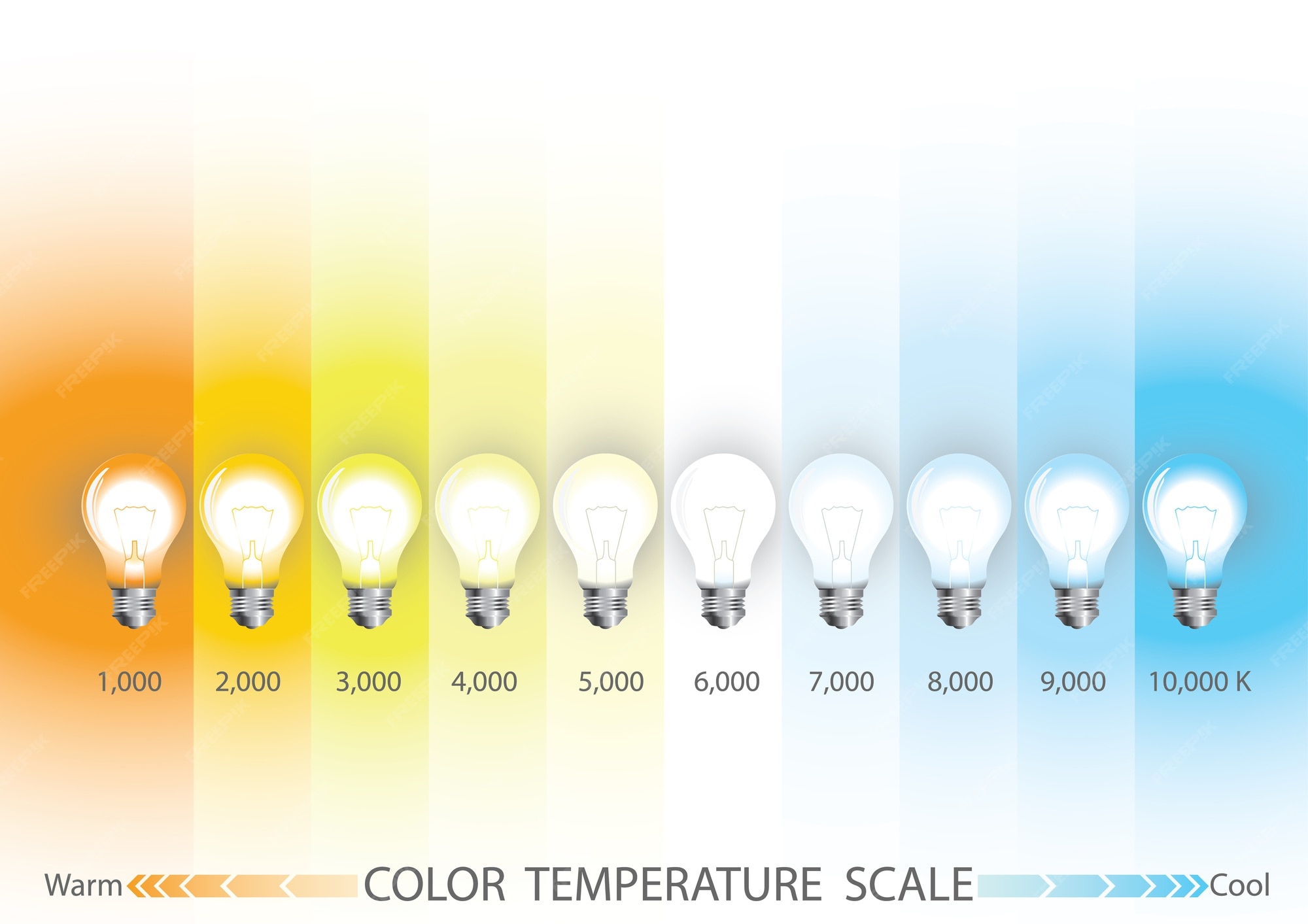


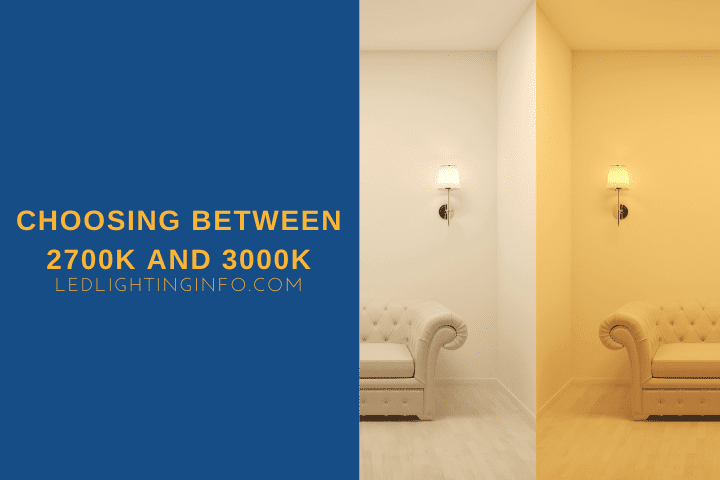
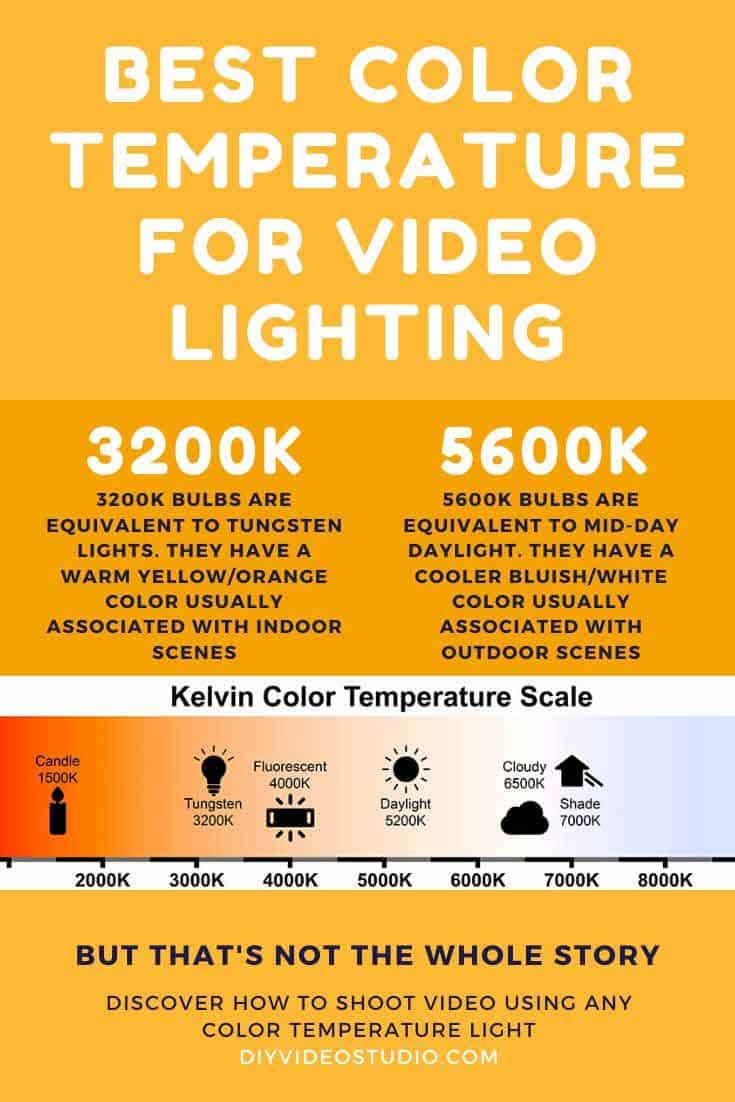

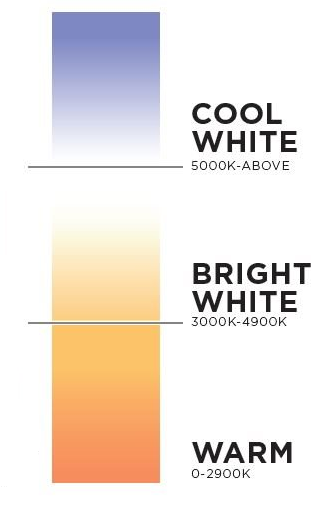

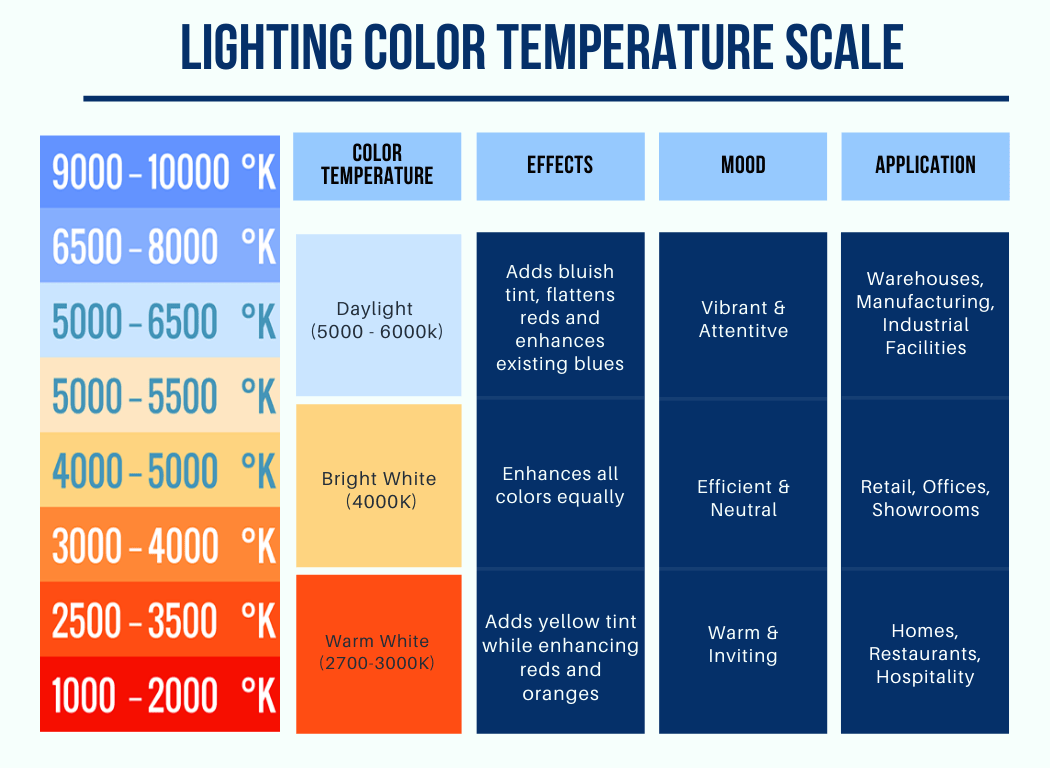




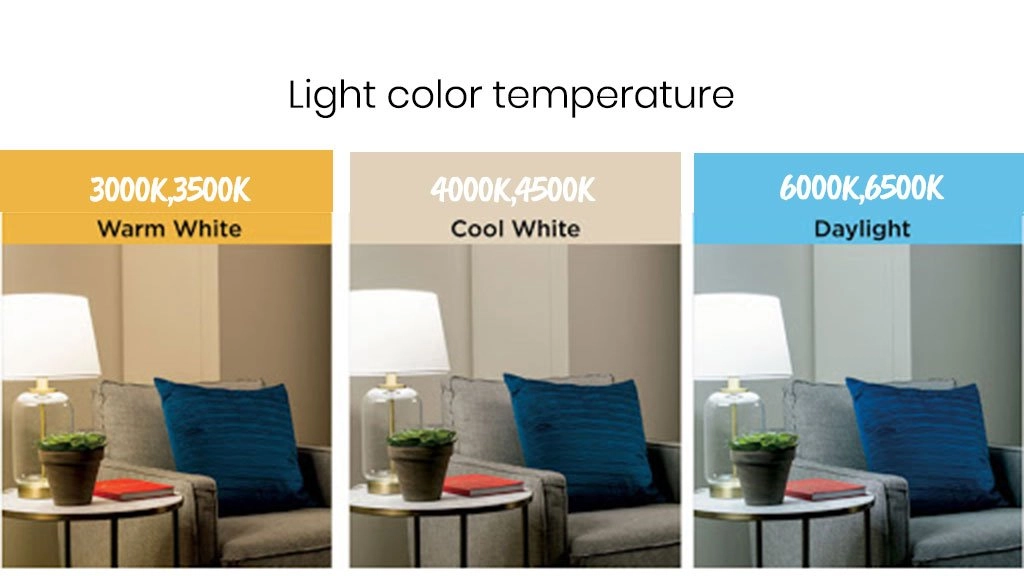
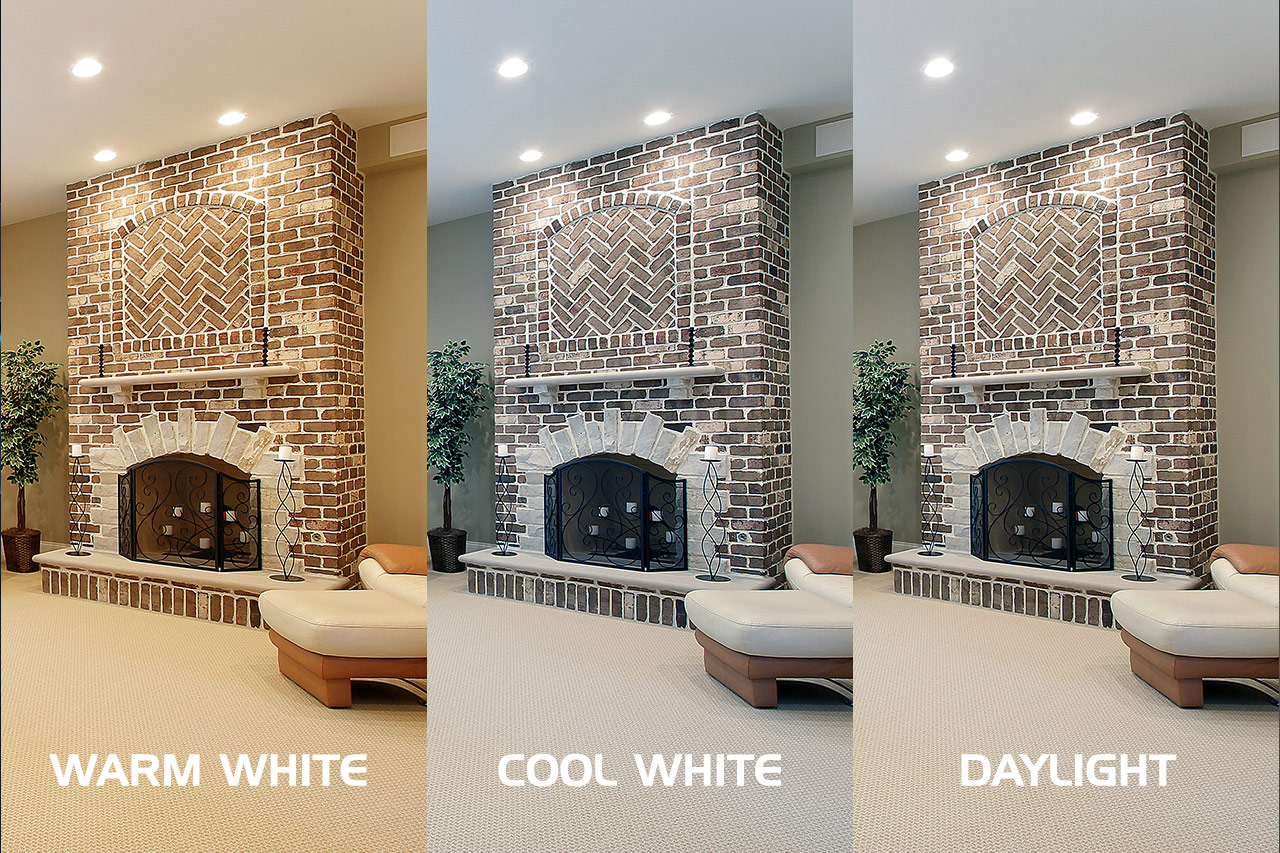
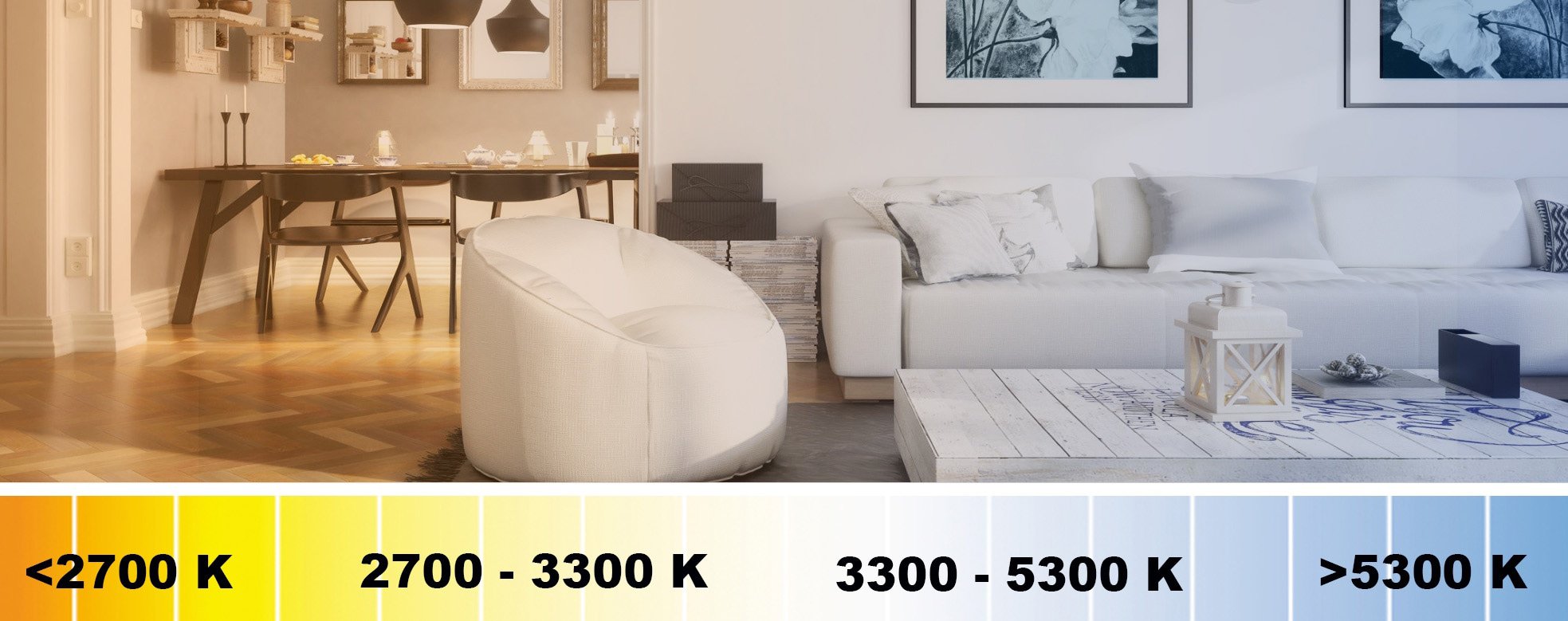

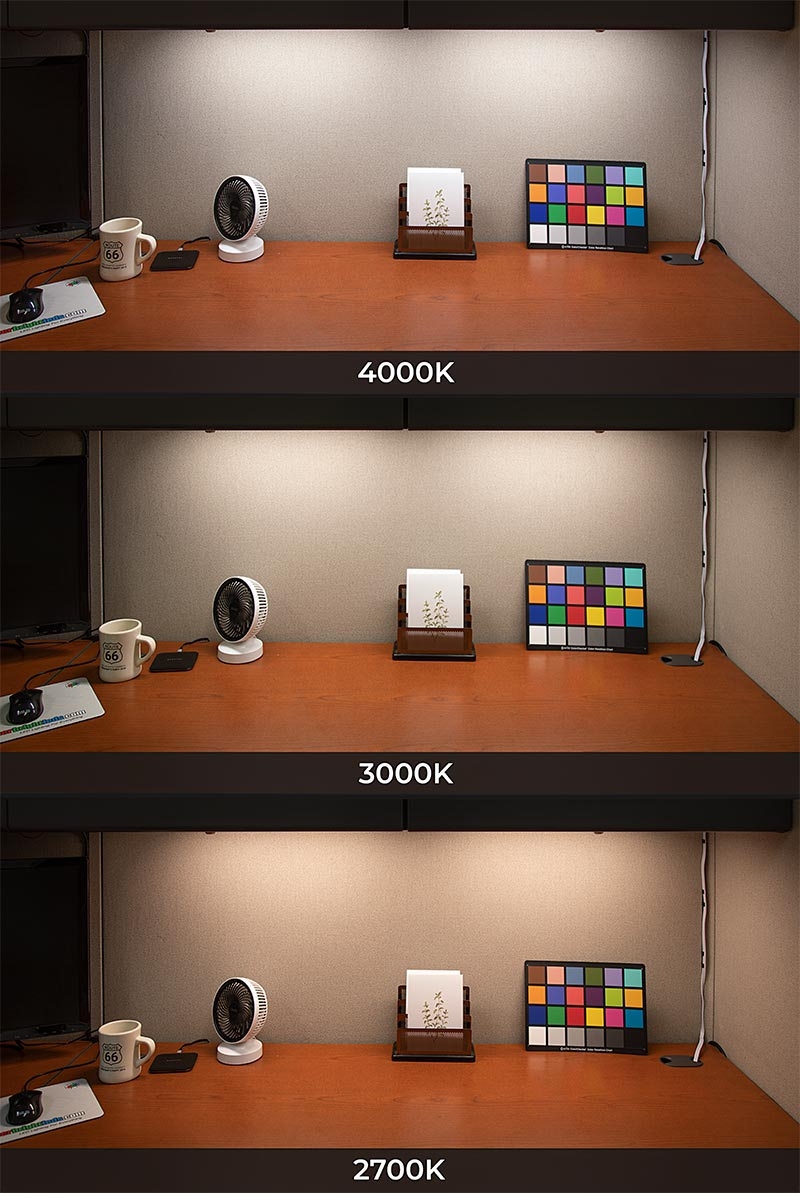
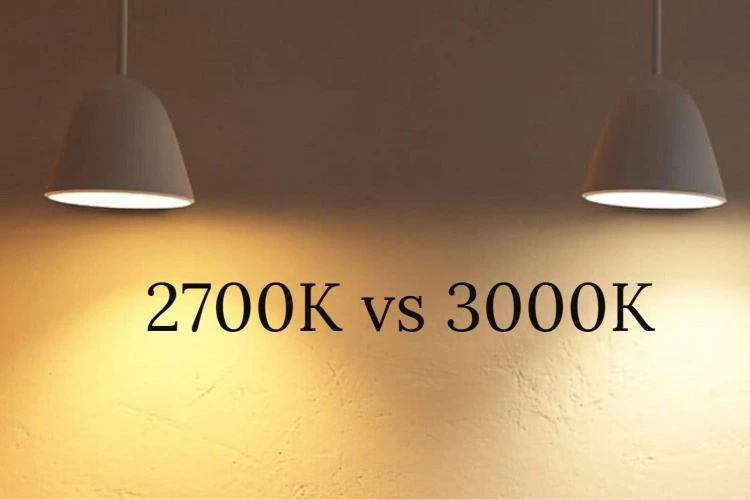
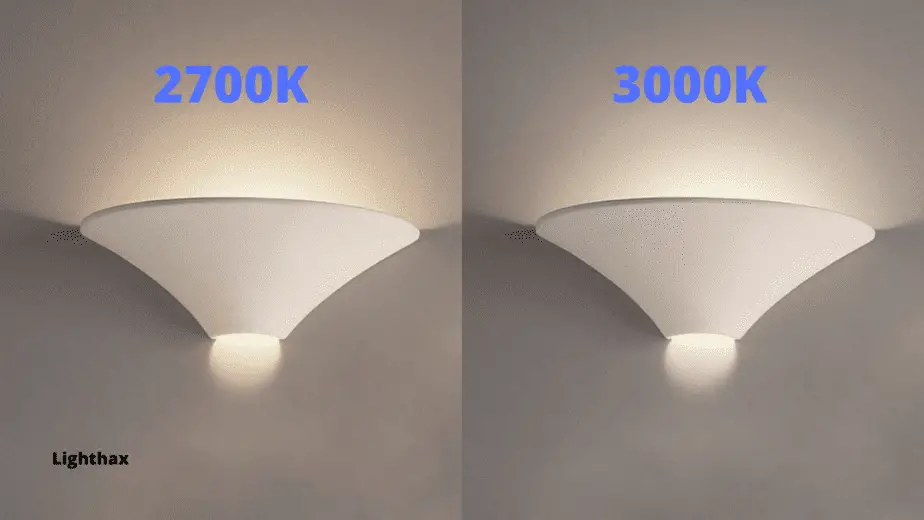






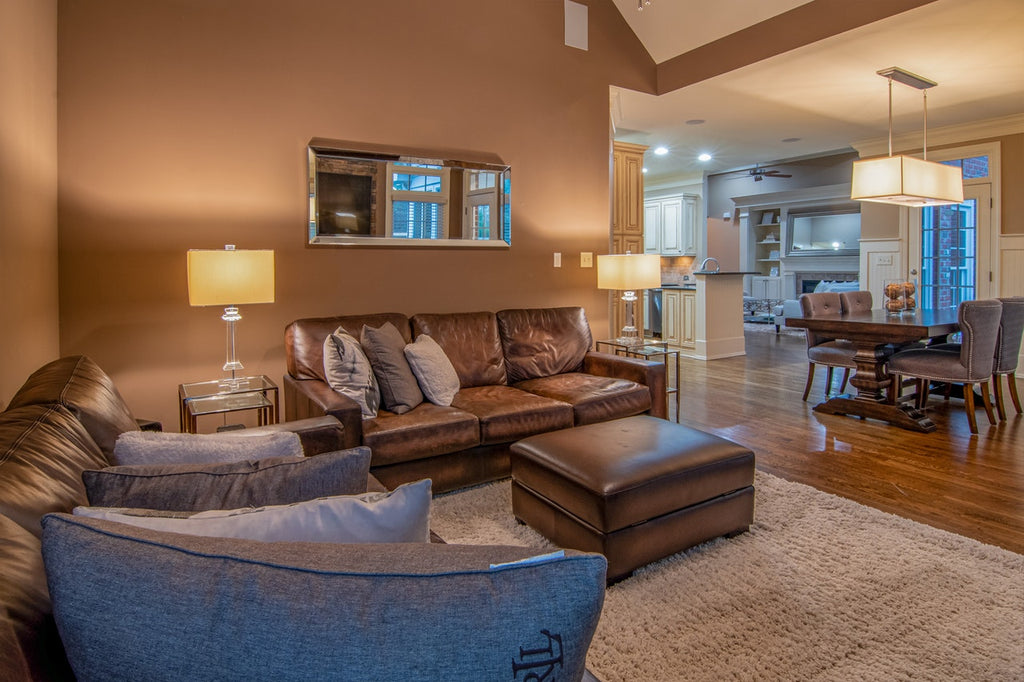















:max_bytes(150000):strip_icc()/living-room-area-rugs-1977221-e10e92b074244eb38400fecb3a77516c.png)










